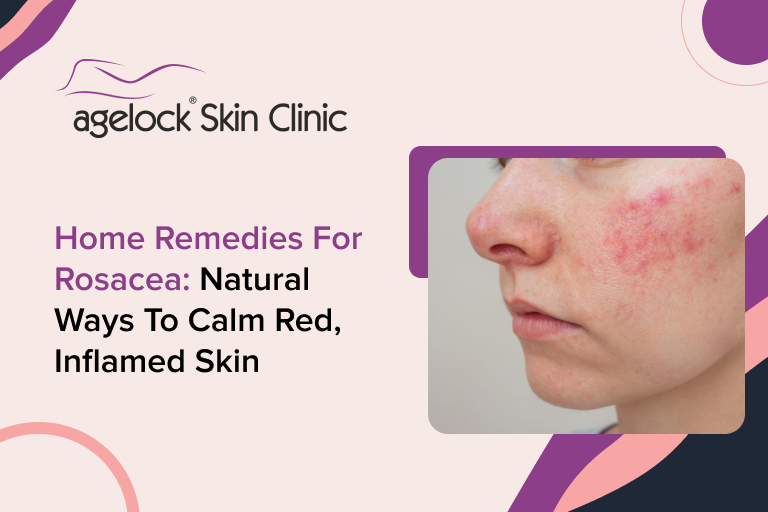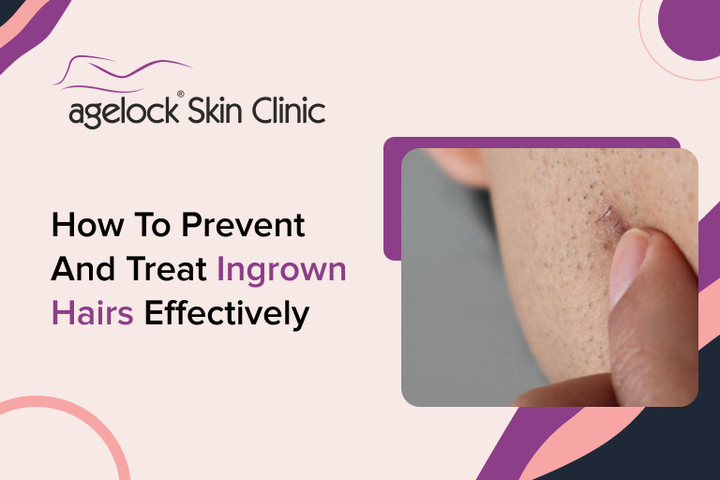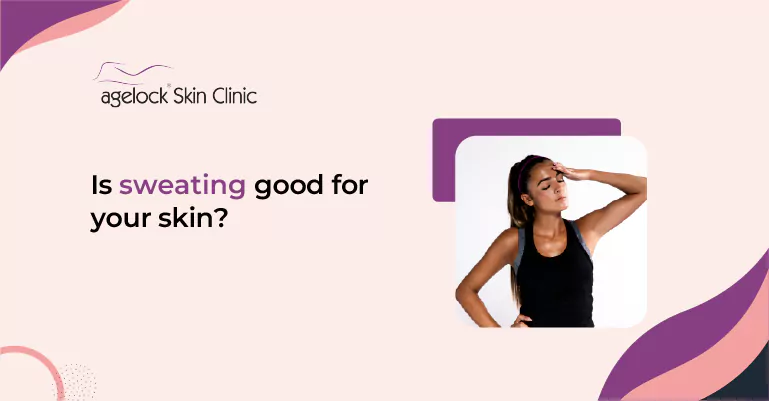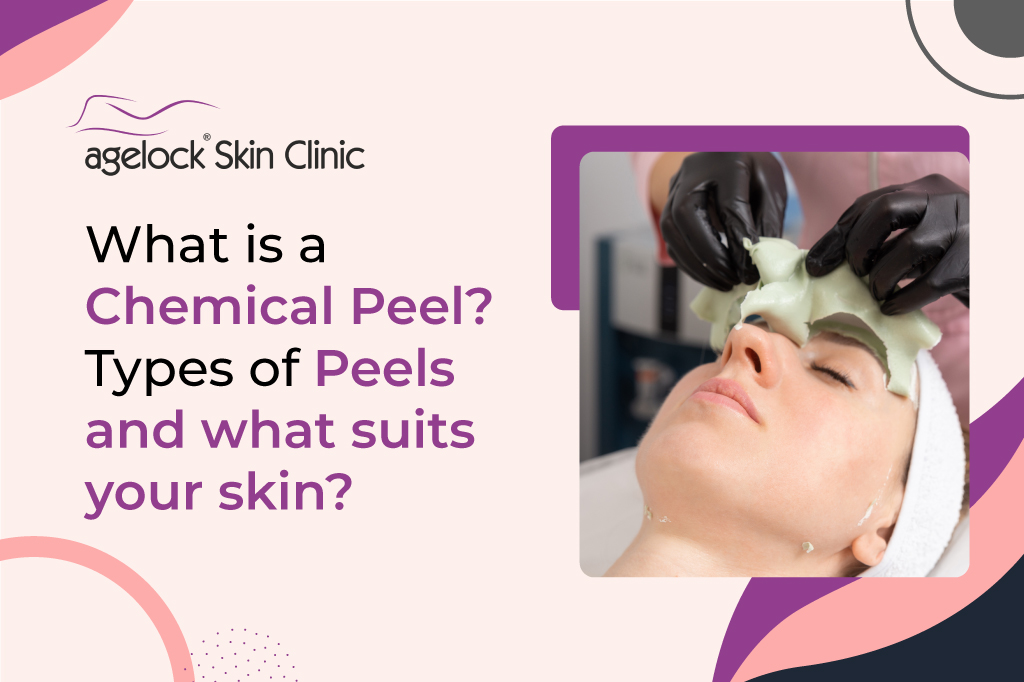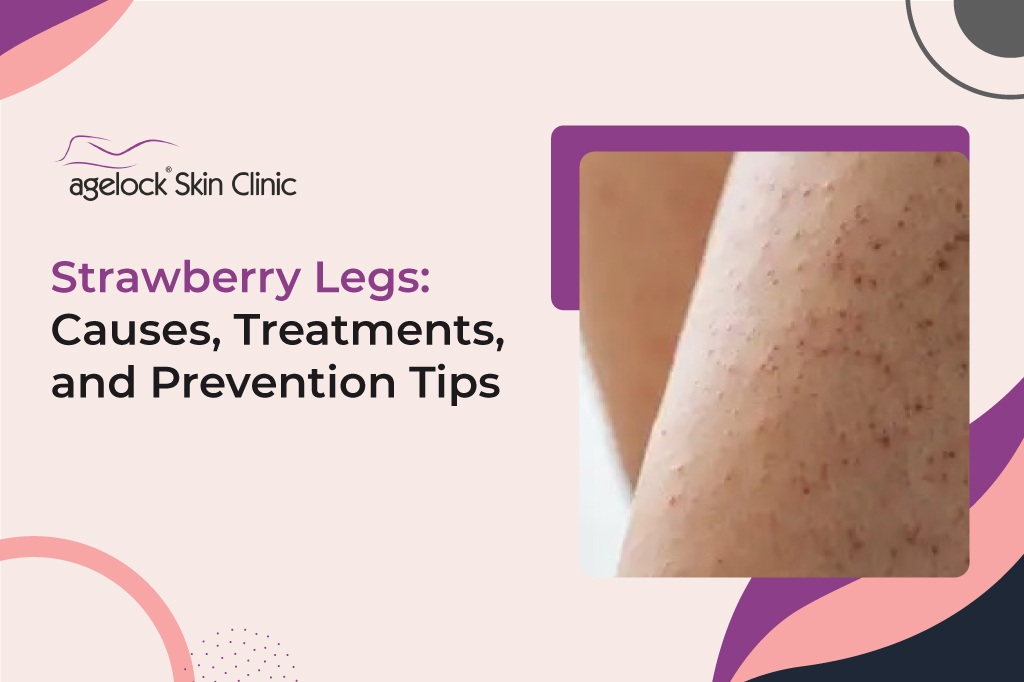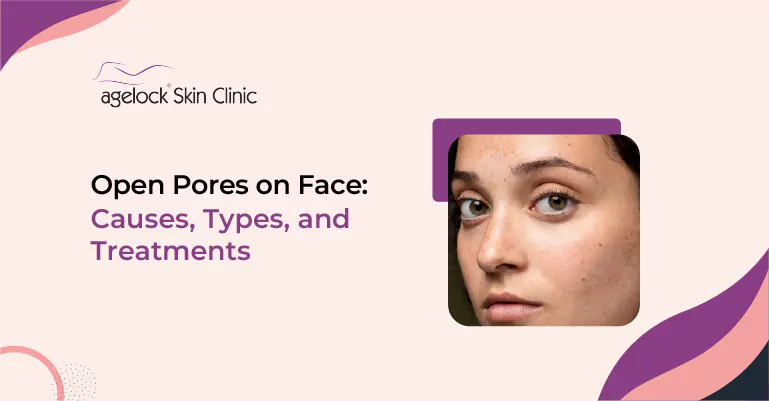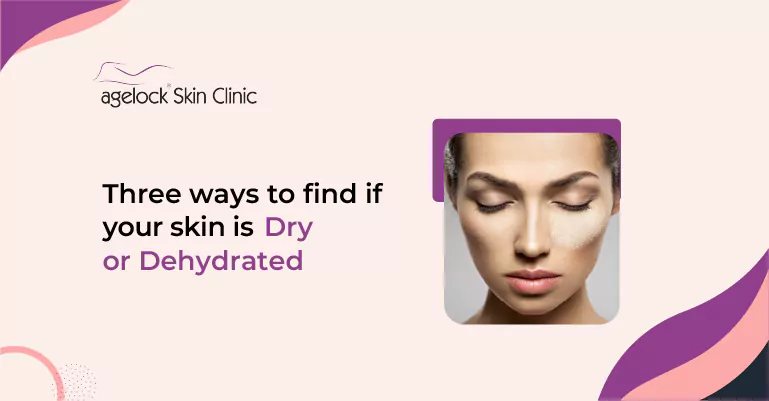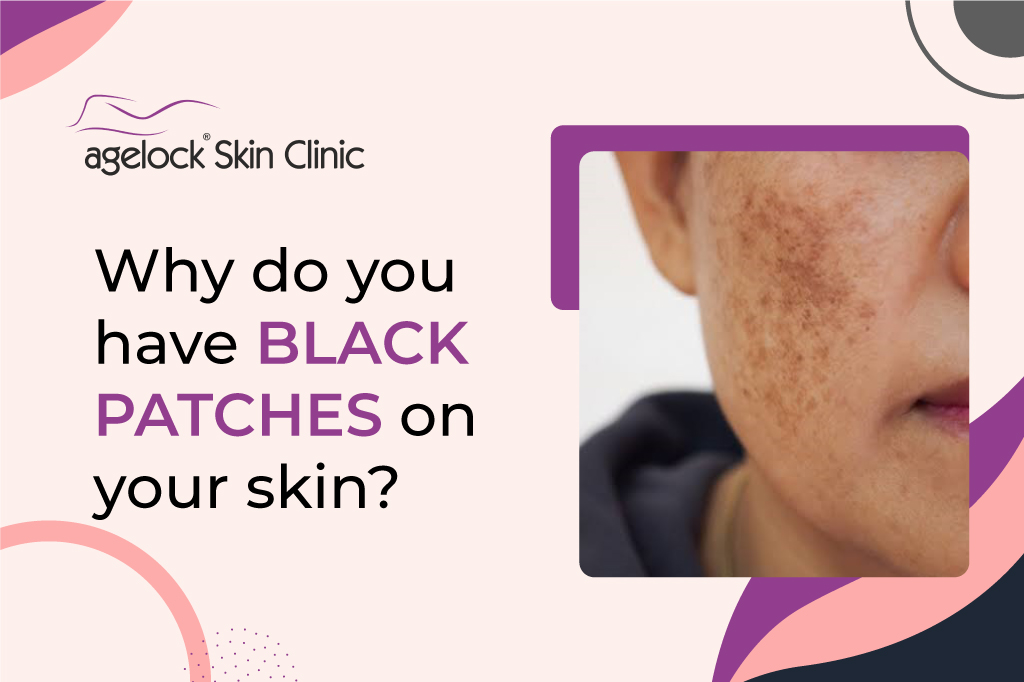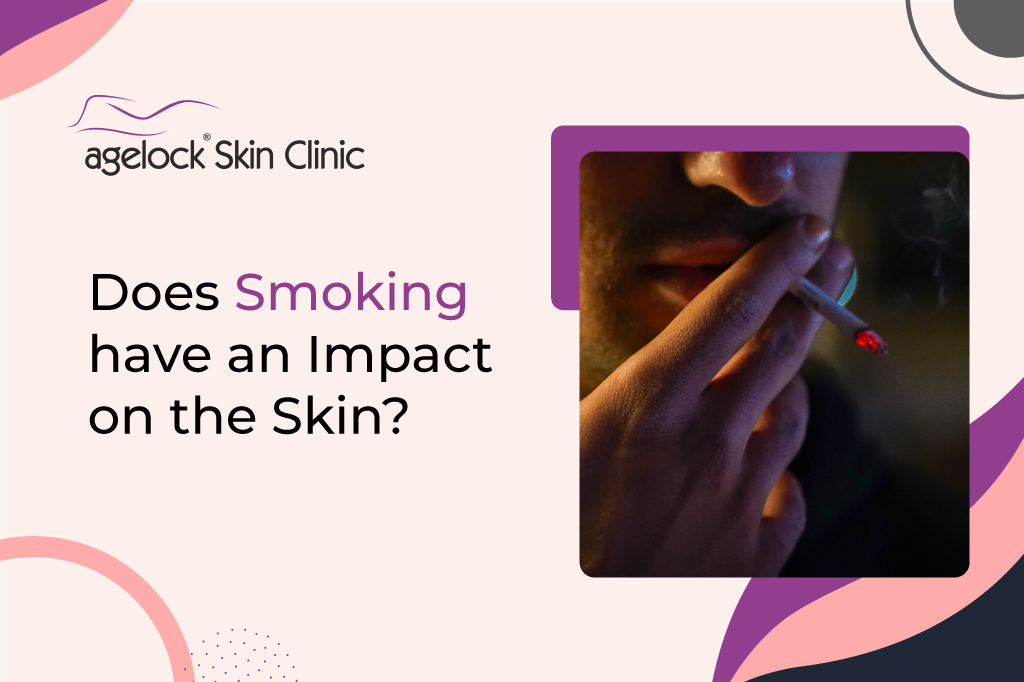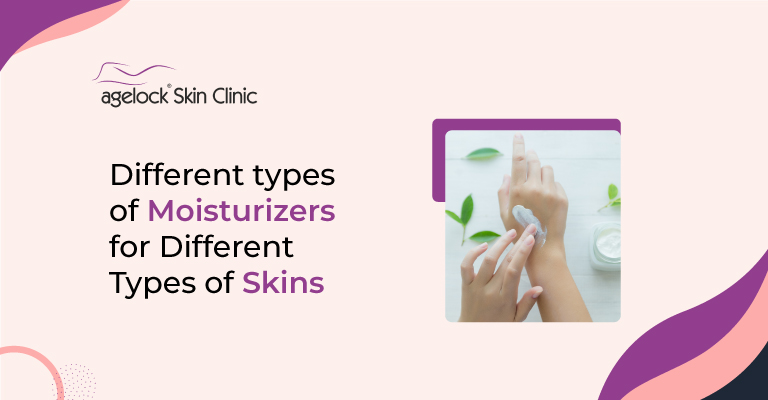A variety of reasons can cause rashes in babies and children. Sometimes they don’t always cause serious problems. Some types of rashes need some healing treatment, while other types of rashes sometimes go away on their own without treatment.
Here is how to handle rashes in children and when to visit the doctor for treatment if their skin becomes red and itchy.
What are skin rashes?
Skin rashes can be painful, itchy, and dry when they cause the skin to become swollen, bumpy, and red. The primary cause of this skin condition is dermatitis or when your skin reacts with allergens or irritants.
It can be caused by viruses, bacteria, and fungal infections (including eczema, hives, and psoriasis), allergies, medicines, heat, and many other things.
Signs and symptoms
The symptoms of the rashes may vary depending on their type and cause.
It can develop in just one place on the body or all over.
The symptoms and signs of skin rashes include
- Redness on the skin
- Itchiness on the skin
- Flaky and scaly skin
- Blisters
- Pus-filled crusty swelling
- Acne
- Oozing sores
- Bumps
- Inflammation of the skin
- Blotchy
- Burning and stinging
- Dry skin
What are the common causes of skin rashes in children?
Children and infants can often develop problematic skin conditions like rashes, hives, warts, acne, birthmarks, and other skin issues.
Dermatitis, viral infections, bacterial infections, fungal infections, and other diseases can cause these conditions.
Depending on the disease, treatment options range from antibiotics to anti-itch lotions.
Moreover, skin rashes may be caused by factors other than underlying disorders.
For example, excessive heat and humidity, excessive sun exposure, or uncomfortable ill-fitting clothes.
What kinds of rashes do kids typically get?
Most children may experience rashes of many distinct types.
- Chickenpox: People with weakened immune systems, such as newborns, those undergoing chemotherapy for cancer, those on steroids, pregnant women, the elderly, or those with HIV, are more susceptible to developing significant complications from chickenpox.
- Eczema is a chronic illness that results in itchy, red, dry, and cracked skin. Atopic eczema is the most common type; it primarily affects children but can also affect adults.
- Cellulitis – An infection of the deeper skin layers and underlying tissue is called cellulitis. The affected area will be hot, swollen, red, and painful. Although it can occur all over the body, it usually affects the legs.
- Measles is a very infectious disease that mainly affects young children. These reddish-brown patches typically begin on the upper neck and then spread to the rest of the body.
- Rubella (German measles) is a far more contagious illness in children that is caused by rubivirus. Its symptoms may appear 14–21 days after exposure to the virus. A child who gets rubella while still in the womb will suffer from hearing, abnormalities of the heart, issues with the eyes, retardation, and other diseases.
- Scarlet fever is a bacterial infection that typically affects children between the ages of two and eight. It results in a distinctive pink-red rash that may itch and feel like sandpaper to the touch.
- Slapped cheek disease is a viral infection also known as “fifth disease” or “parvovirus B19 is more prevalent in children between the ages of six and ten.
- Roseola infantum is a common pediatric disease. The culprit behind the disease is known as the exanthem subitum. Children under the age of four are most commonly affected by this disease.
- Coxsackieviruses and other enteroviruses – Children frequently encounter enteroviruses, especially coxsackieviruses, which can cause fever and rash. Herpangina and hand, foot, and mouth disease are two common diseases brought on by this disorder. Infections with this disease are more prevalent in the summer and autumn.
- Impetigo is an epidemic skin infection caused by streptococcal or staphylococcal bacteria. Although it can happen anywhere, it is frequently found around the mouth and nose. It occurs more commonly in the summer.
- Fungal and parasitic rashes can spread quickly through daycare or your child’s class at school because children touch more items than adults do and are less likely to practice good hygiene than adults.
- Scabies is a contagious skin condition that is extremely irritating. It is brought on by microscopic mites that penetrate the skin. It typically spreads to children through extended skin-to-skin contacts, such as during play fighting or hugging, with an infected adult or child.
- Ringworm is a very contagious fungal skin infection known as ringworm that results in a ring-shaped red or silvery patch of skin that may be scaly, irritated, or itchy. It can develop practically anywhere on the body, but it frequently affects the arms and legs.
- Psoriasis is a long-lasting chronic disorder that creates skin regions that are red, dry, crusty and covered in silvery scales.
- Prickly heat is often known as “Miliaria,” an unpleasant rash of tiny, raised red spots that give the skin a stinging or prickly sensation. It happens when the sweat ducts in the epidermis, the outer layer of skin, become blocked.
- Urticaria (hives) is a raised, itchy rash that can develop on just one area of the body or cover a large area. It’s a typical skin reaction that frequently affects kids. Hives, weals, welts, or nettle rash are other names for urticaria.
- Molluscum contagiosum is a viral skin infection that occurs in clusters of tiny, firm, and swollen spots that develop on the skin.
- Erythema multiforme is skin rashes that an allergic reaction to the herpes simplex virus results in the skin rash known as erythema multiforme, which is often mild. The hands or feet, then the limbs, upper body, and face tend to be affected first.
- Pityriasis rosea is a common skin condition that causes a temporary rash of raised, red, scaly patches that occur on the body. The majority of cases affect adolescents and young adults (aged between 10 and 35).
- Hand, foot, and mouth disease (HFMD) is a more prevalent infection. It produces mouth ulcers as well as spots and blisters on the palms of the hands and soles of the feet. Although it can affect older children and adults, it most frequently affects young children (especially those under the age of 10).
How do you prevent rashes in children?
- Avoid using harsh products (soaps, detergents, and fragrances) that could irritate the child’s skin and make it more prone to skin damage and rashes.
- Avoid a child from wearing skin-irritating, tight-fitting clothes.
- The itching in eczema is brought on by dry skin. Frequently, using moisturizing lotions and taking oil baths will soften the skin.
- Trim your child’s nails short to avoid injuries from scratching and skin damage.
- Avoid certain foods which can make atopic eczema in your children worse.
- Change your baby’s diaper frequently to avoid diaper rashes and practice good general hygiene.
- Keep your children’s skin clean.
- Not allowing strangers or anybody exhibiting disease symptoms to kiss your child.
- You should always use sunscreen when exposed to the sun to prevent a nasty sunburn.
- Avoid allergies and other known irritants as triggers.
How to treat?
Depending on the cause, skin rashes may require different treatments.Treatments for skin rashes include
- Anti-inflammatory creams and lotions
- Allergy medications
- Immunosuppressants
- Steroids
- Topical immunomodulatory
What are the complications?
Skin rashes are unpleasant and irritating, but they typically respond well to treatment. Rarely do they result in major issues.
- Anaphylaxis is a strong allergic reaction that can cause skin rashes and a life-threatening condition. It can cause severe swelling which can block the air passages.
- Infection– When your child scratches an itching rash, they risk rupturing the skin and letting bacteria inside. Scratching increases your chance of getting a bacterial skin infection.
When to see a doctor?
You should visit your doctor and seek immediate treatment if your child’s rash is any of the following,
- Extreme difficulty breathing, which could be a sign of anaphylaxis.
- Persists having taken over-the-counter medications for more than 3 days.
- Having swollen, painful lymph nodes that are widespread and spreading quickly
- If it is oozy, crusty, moist, or crusty.
- It is accompanied by a fever, appetite loss, or uncomfortable urination.
- starts to develop soon after consuming new food, or starting a new medication
- Causing face or mouth swelling
- It appears infected (red, warm, or swollen with yellow pus)
Bottom line
Generally, viruses and bacteria are hard to avoid, but things that you are aware of as bothering you, such as allergies and irritants, can be avoided. Whatever the reason, most rashes are uncomfortable but treatable.
If you have any concerns with this, speak about it with your healthcare professional.
They can create a treatment plan that is customized to your symptoms and rash type.



